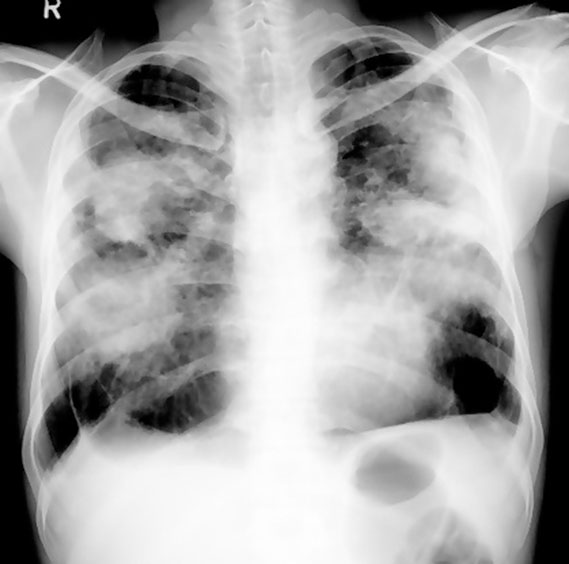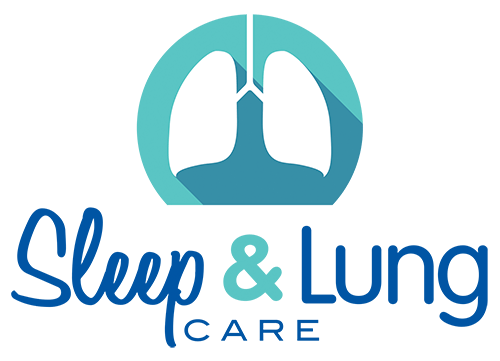What is silica?
Silica is a naturally occurring mineral. 59% of the earth’s crust is made out of it. Silica is the main constituent of sand and 95% of rocks. Different types of rock and rock products can contain different amounts of silica, for example:| Type | Amount |
| Demolition dust | 3 – 4% |
| Fibre cement sheets | 10 – 30% |
| Clay bricks | 15 – 27% |
| Aggregate in concrete | 30% |
| Granite | 25 to 40% |
| Shale | 22% |
| Natural sandstone | 67% |
| Engineered or manufactured stones | > 90% |
How does silica get into the lung?
Airborne silica dust is generated when you chase or drill into concrete, rip up old concrete or bitumen roads, jackhammer or saw old concrete, excavate sites with sandstone, clay or granite or generally get exposed to airborne dust on a construction. site. Particles of silica dust can be very fine and as small as one to six microns (millionths of a metre) in diameter. We breathe and exhale them. Our lungs have scavenger cells called macrophages. These cells dissolve dust particles by surrounding them. But if there is too much dust, an overload situation, the scavenger cells cannot completely clear the dust. Scarring is the lung’s reaction to dust which gets deposited in the air sacs. When there is a lot of scarring you can get shortness of breath.Work and exposure to silica dust in Australia:
Approximately 587,000 Australian workers were exposed to silica dust in the workplace in 2011. It has been estimated that 5758 of these will develop a lung cancer over the course of their life as a result of that exposure. The occupations with the greatest exposure include:- miners
- construction workers
- farmers
 Examples of work activities that can generate respirable silica dust particles include:
Examples of work activities that can generate respirable silica dust particles include:
- during fabrication and installation of composite (engineered or manufactured) stone countertops
- excavation, earth moving and drilling plant operations
- clay and stone processing machine operations
- paving and surfacing
- mining, quarrying and mineral ore treating processes
- tunnelling
- construction labouring activities
- brick, concrete or stone cutting; especially using dry methods
- abrasive blasting (blasting agent must not contain greater than 1 per cent of crystalline silica)
- foundry casting
- angle grinding, jack hammering and chiselling of concrete or masonry
- hydraulic fracturing of gas and oil wells, and
- pottery making.
 If a worker is exposed to and breathes in silica dust they could develop:
If a worker is exposed to and breathes in silica dust they could develop:
- chronic bronchitis
- emphysema
- acute silicosis
- can develop after a short exposure to very high levels of silica dust, within a few weeks or years, and causes severe inflammation and an outpouring of protein into the lung
- accelerated silicosis
- can develop after exposures of 3 to 10 years to moderate to high levels of silica dust and causes inflammation, protein in the lung and scarring of the lung (fibrotic nodules)
- chronic silicosis
- can develop after long term exposure to lower levels of silica dust and causes fibrotic nodules and shortness of breath
- can include progressive massive fibrosis where the fibrotic nodules in the lung aggregate
- lung cancer
- kidney damage, or
- scleroderma
- a disease of the connective tissue of the body resulting in the formation of scar tissue in the skin, joints and other organs of the body.
How is silicosis treated and what are the outcomes?
Diseases due to silica exposure are serious and potentially lethal, and there is no specific treatment other than supportive care. This can include stopping smoking, using inhalers, vaccination against infections, and antibiotics. In the late stages, oxygen treatment or a lung transplant may be needed. Once diagnosed, the disease generally progresses over time. Patients with accelerated silicosis may progress to progressive massive fibrosis over a period of four to five years. Overall, people diagnosed with silicosis lose an average 11.6 years of life. So, prevention is vital. What to Expect Many people with silicosis have chronic symptoms and a decrease in lifespan. However, over the last few decades, supportive care and earlier detection have improved survival significantly. Managing the Disease Appropriate diagnosis and treatment will make life with silicosis easier. Using the proper medications and seeing an experienced specialist are important to managing the disease. Here are a few tips to manage silicosis:- Quit smoking
- Get yearly vaccinations, such as pneumococcal and influenza
- Be vigilant about watching for the development of TB or other infections
- Avoid further exposure to silica
- Educate yourself about the disease
- Consider enrolling in clinical trials
- Have a plan to manage flare-ups of the disease.
CONTACT US TODAY
If you have any questions or would like to make an appointment to discuss your Sleep or Lung related problem, please fill out the form and submit.
